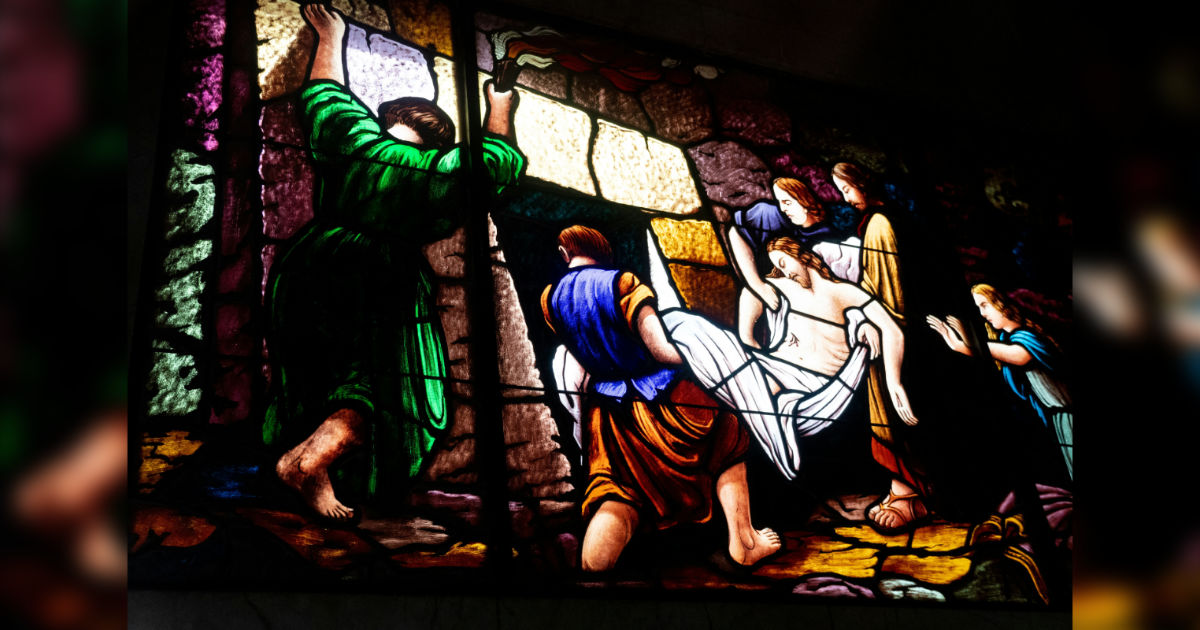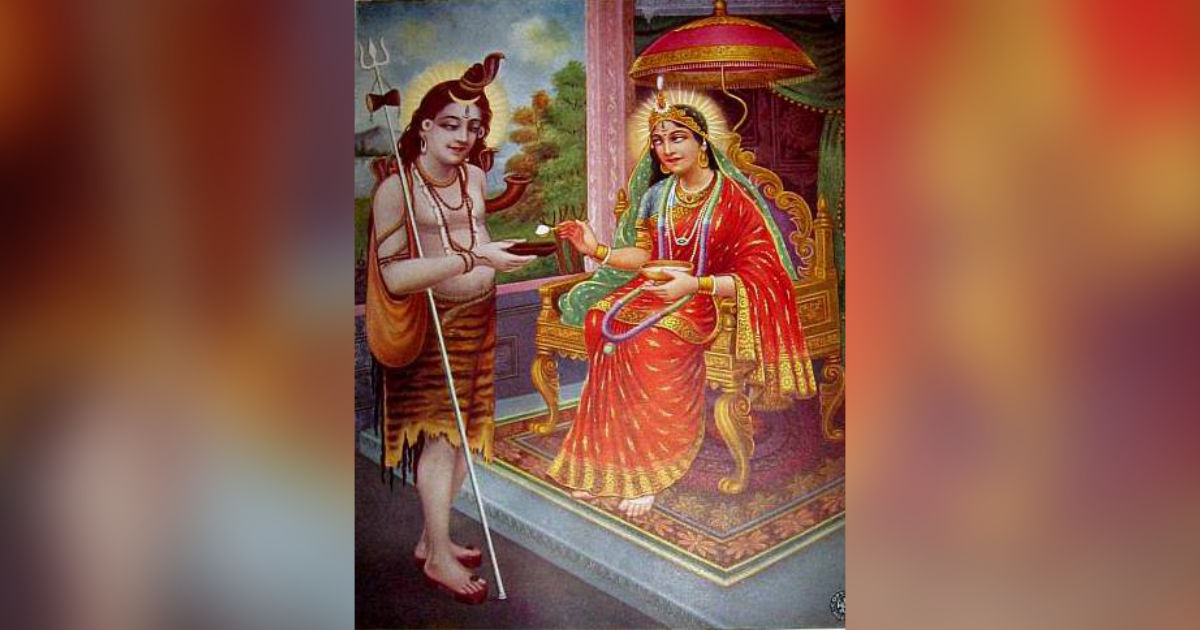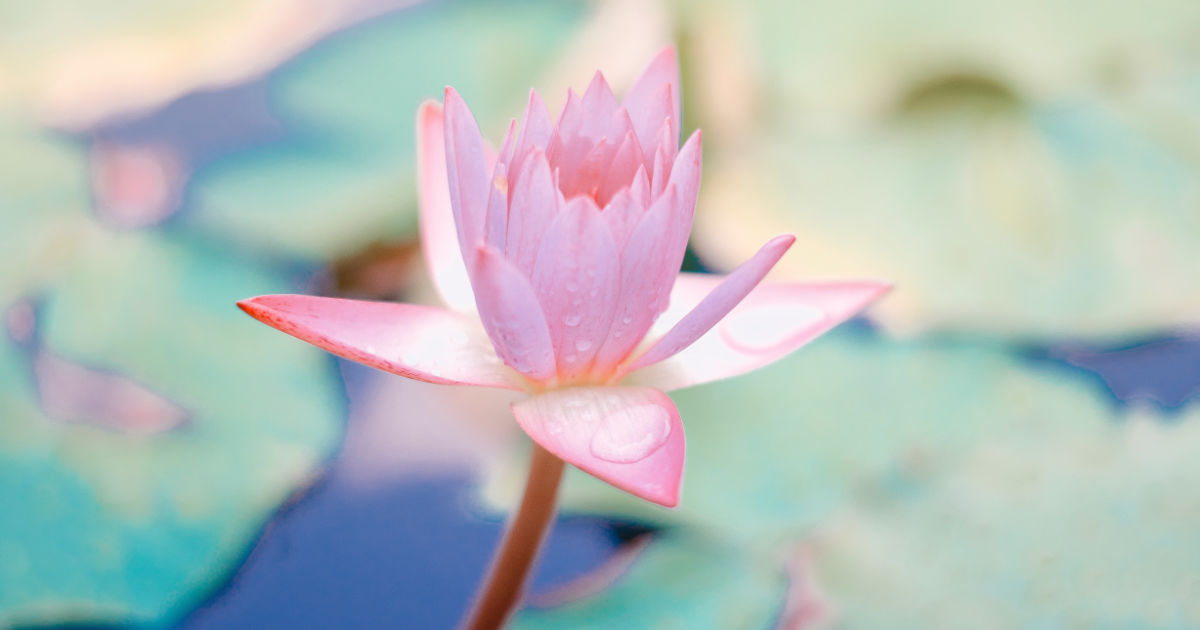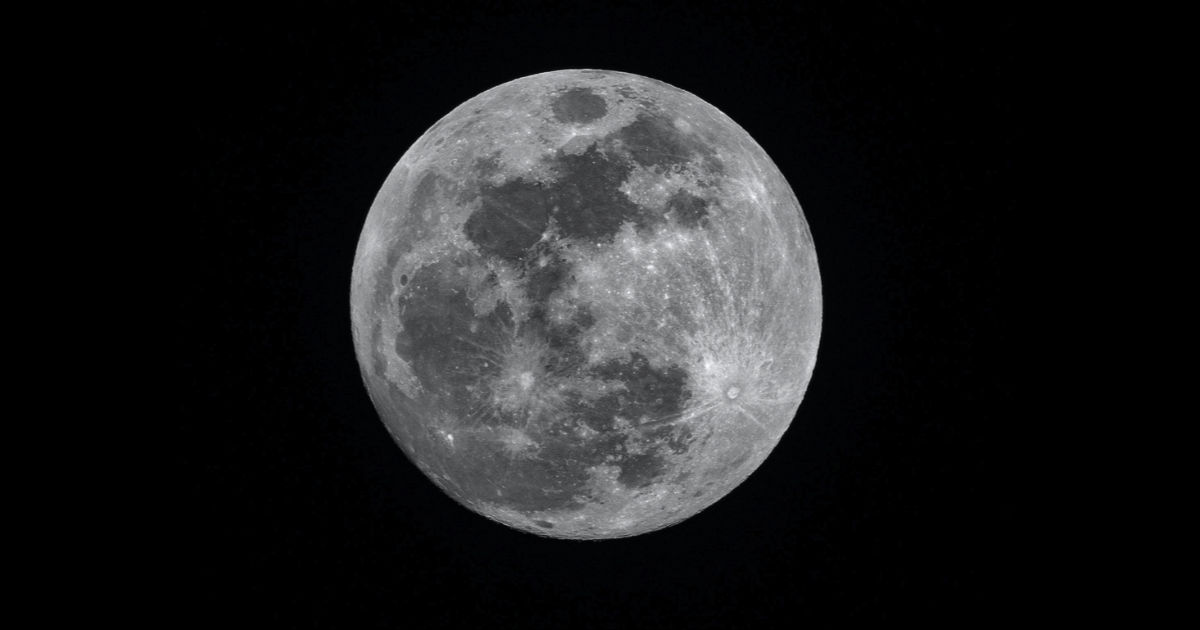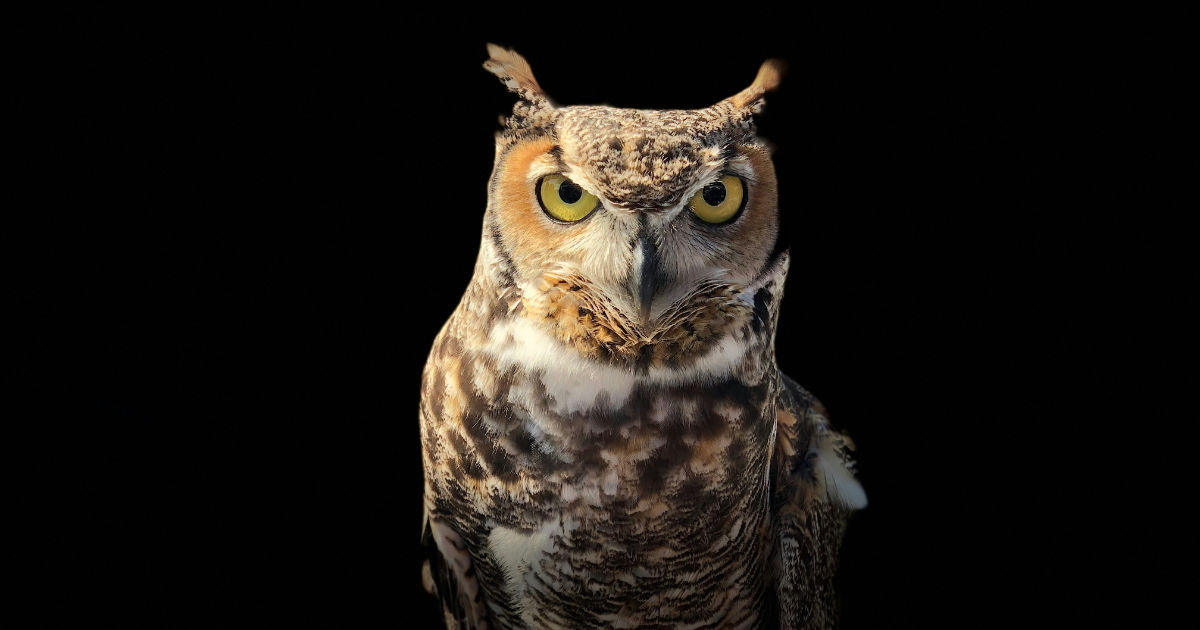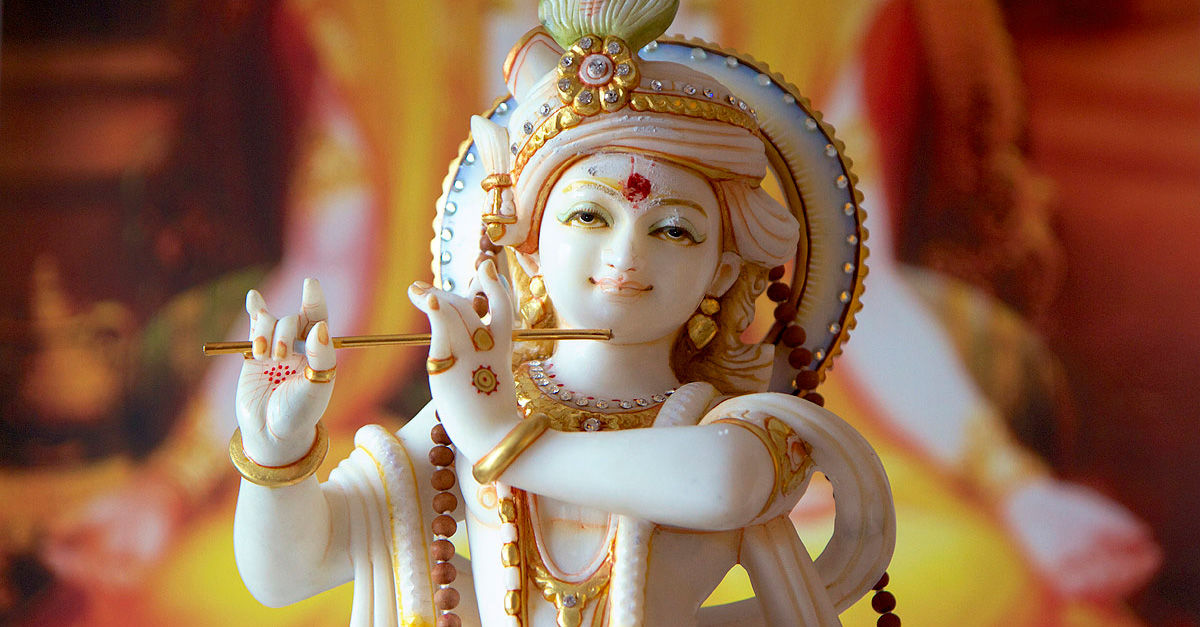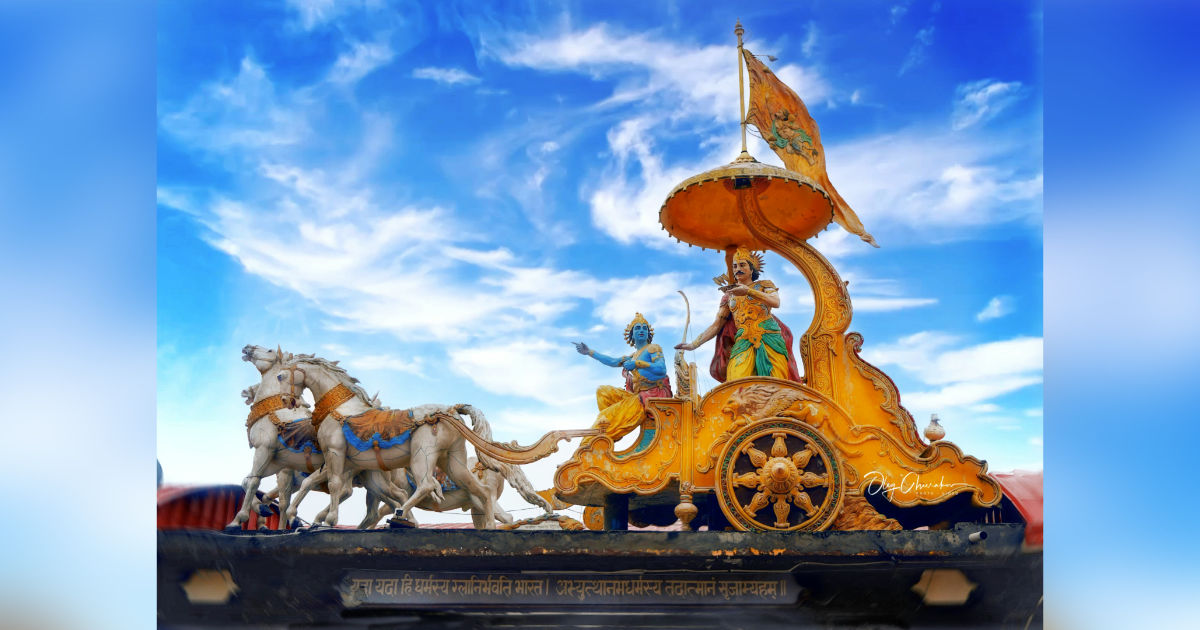I met a little rabbit once,
A hopping on his way.
I said, ‘Where are you going on such a lovely day?’
He said with just the slightest frown,
Don’t hinder me I pray!
I am taking round the Easter Eggs,
Because it’s Easter Day. – Anonymous
854 – We welcome Easter
The air is like a butterfly
With frail blue wings.
The Happy Earth looks at the sky
And Sings. Continue reading
853 – Free yourself from the clutches of Maya
Maya Pancakam is a description of Maya in five verses. Sri Sankara says that Maya cannot be described as either existence or non-existence or both, it is indescribable. Maya makes incompatibles appear together and shows how it brings about what is logically impossible. Brahman is the only reality and Brahman appears to us as the universe of multifarious names and forms, because of our ignorance of Brahman. In our ignorance we think a rope is a snake in a dim light. Continue reading
852 – A daily recognition of Good Friday
How can we remember Good Friday and make the remembrance a part of our regular life. Good Friday is held in commemoration of the crucifixion of Jesus. It is believed that the day Christ died, he carried the sins of the world along with him. The crucifixion and death symbolize his sacrifice and forgiveness for all sins. Continue reading
851 – Annapurna Devi Meditation
Annapurna Stut
O Girija—the daughter of the Himalaya Mountains, who is sitting on a semi-circular altar bedecked with pearls amidst Mandara (red hibiscus), Parijat (night jasmine) flowers, sandalwood and Kalpa—the wish fulfilling trees. Her eyes are half open. Her forehead is like a holy moon. I am hungry, please give me alms (wisdom, knowledge, and blessings).
O Girija—the daughter of the Himalaya Mountains, who is wearing a bracelet on her arms, necklace on her neck, waistband on her waist, ear-studs on her ears, whose upper cloth is furnished with bands of tiny jingle bells and ornaments. She has a golden ladle with rice-payasam in the hand. I am hungry, give me alms (blessings).
O Girija—the daughter of the Himalaya Mountains, you are one in whom the sound—representing the three worlds (Bhu, Bhuvah, Suvah) is present, she is the one who is having a crescent as an ornament on her tender body, she is the one who is ever-living in the extensive, spacious abode of Lord Shambhu. She is the only one who can remove the afflictions of sorrow, fear, and poverty. Crushed am I, please give me alms (of knowledge).
850 – I am joyous
My question has been answered and I will share the answer with you dear ones. In our scriptures, the Gods always pray to the Cosmic Mother, who is Maha Devi. I have always believed and venerated the Cosmic Mother as the creator. Continue reading
849 – The gift of happiness
Do you want to be always happy?
Then give up fighting
For negativity.
And learn the beautiful art
Of self-encouragement. – Sri Chinmoy
848 – Festival of color and powder, Holi
Holi is a festival which technically welcomes summer. After Holi is celebrated, cold water baths happen and one wears cool, cotton clothes. The message of Holi is to spread love, peace and unity. It is celebrated on the full moon in the month of March, or in the Phalguna month which is the twelfth month of the Hindu calendar. It corresponds with February – March in the Gregorian calendar. Continue reading
847 – Full Moon – Phalguni Purnima
Phalgun month in Hinduism is very significant. According to the Hindu calendar it is the last month and corresponds to February and March in the Gregorian calendar. It is a month of happiness and pleasure. It marks the end of winter and the beginning of summer. The Ramayana and Mahabharata took place in this month. Continue reading
846 – Spring is in the air
Love life, laugh, be aware and compassionate. I came across three stories, which made my heart sing dear ones.
There is a writer, who reads to animals. Her name is Jacqueline Wilson and she is a famous writer for children’s stories. She has been reading to animals in zoos in England. And the best truth is that the animals enjoy it. There are photos of her reading to them. These are children’s stories and it works in a wonderful way as children are motivated to read and share with pets. So now we come to the tone. Continue reading
845 – Pursuit of wisdom
How do we perceive wisdom?
The Greek word for wisdom is Sophia and it refers to the intimate understanding of God’s word and his commandments which result in holy and upright living. Spiritual wisdom is being fully present in the moment and being aware of one’s thoughts, feelings, and actions. Wisdom is the ability or result of an ability to think and act utilizing knowledge, experience, understanding, common sense and insight. Continue reading
844 – My True Heart
Feel more sense more, let your heart function. The intelligence of the heart creates poetry in your life, gives dance to your steps, makes your life a joy… a festivity, a laughter… It makes you capable of love, of sharing. That is true life. – Osho
843 – Krishna Meditation
O Krishna! May the royal swan of my mind enter today itself into the nest (safe place) of Your lotus feet. How can one otherwise be sure of remembering You later when one’s pranas are leaving the body (one is in the throes of death) with phlegm, wind, and bile blocking one’s throat (making breathing itself difficult)?
On Hari alone I meditate constantly, on Him who has a soft smile on his lotus face, who is the son of a cowherd Nanda, who is higher than the highest and who is adored by sages like Narada.
Tired of roaming in the desert of worldly existence, I find now this beautiful lake named Hari. Taking a refreshing bath in it, drinking its water which is his radiant compassion, I give up all my sorrow today! This lake Hari has his lovely hands and feet as the lotuses, His charming eyes as the fish in it, His attractive arms as the rising waves in it, and relieving us of all our exhaustion, it has indeed great depth.
Extracted from Mukundmala. Continue reading
842 – A goose berry in my palm
Amalaka berry is opaque when it is unripe and then turns translucent when it is ripe. It is one of the three key ingredients in Ayurvedic medicine. The meaning of Hastamalaka is goose berry in my hand. Amalaka means an amla-berry (sour fruit) and hasta is hand. Continue reading
841 – Chapter 8, Verse 12 Bhagavad Gita
Sarva-dvarani sanyamya mano hridi nirudhya cha
Murdhnyadhayatmanah pranam asthito yoga-dharanam.
All the gates of the body restrained, the mind confined within the heart, one’s life force fixed in the head, established in concentration by Yoga. Continue reading




